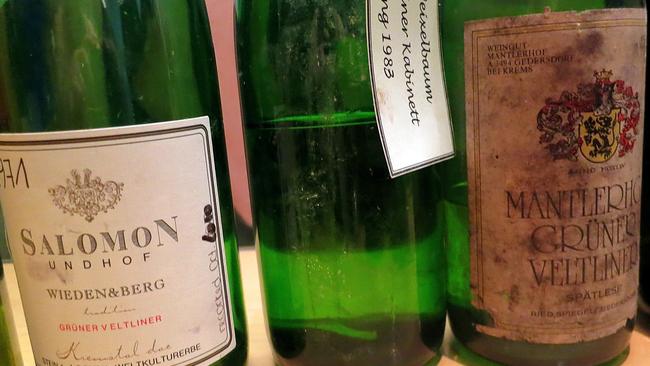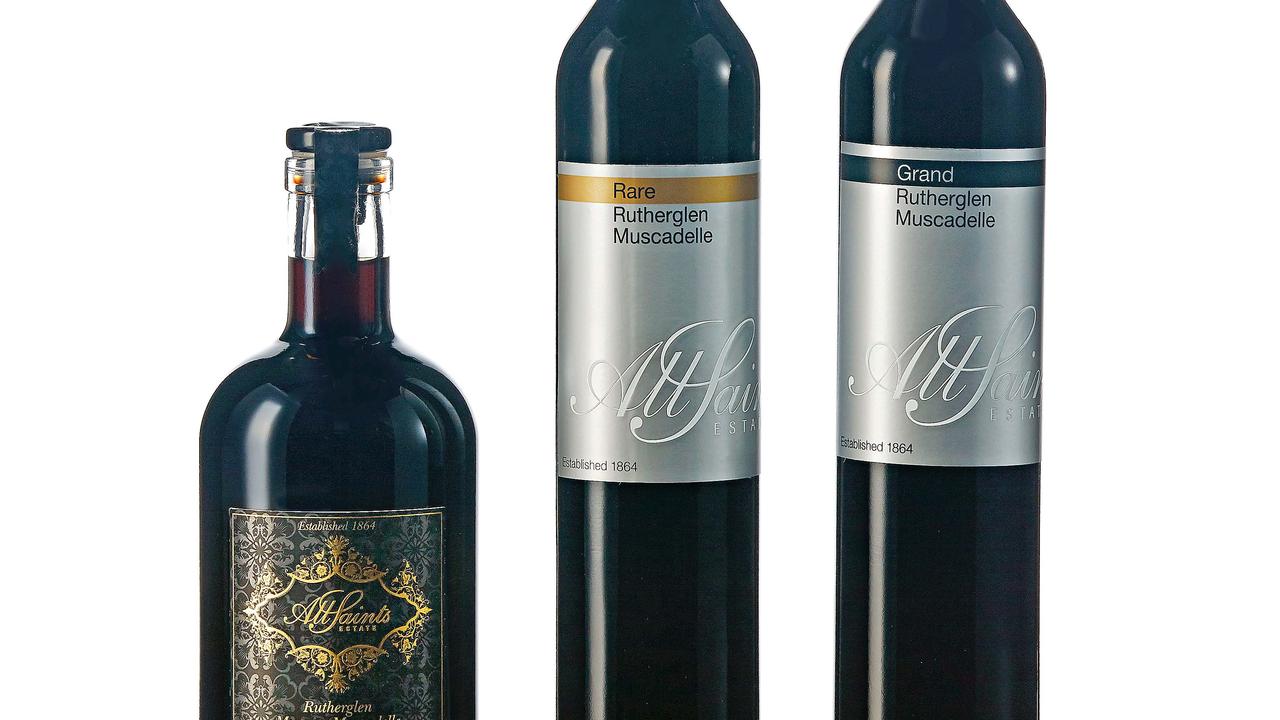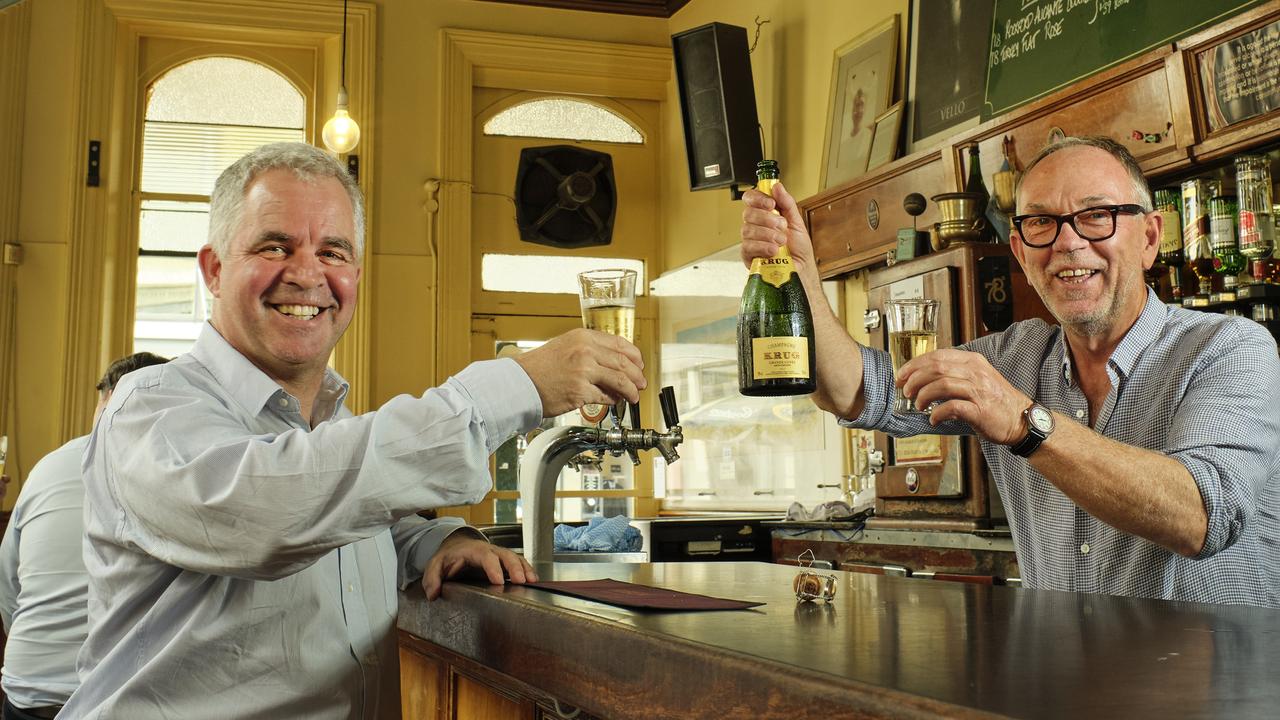Austria’s dry whites defy scandalous history
The antifreeze controversy gave rise to a new type of wine.

“The hills are alive with the taste of diethylene glycol!” So sang a nun in training atop a hill in Austria. Or something to that effect … it has been a while since I’ve seen the film.
As far as scandals go, the wine world has had its fair share. During the past 50 years we have seen questionable blending practices, the auctioning of millions of dollars’ worth of counterfeit red burgundy and the flogging of bottles that purportedly belonged to Thomas Jefferson. This year, an employee of a Melbourne-based wine importer was found to have skimmed $300,000 worth of fine wine off the top of the company’s portfolio.
But no act of vinous knavery has had such far-ranging repercussions as the Austrian antifreeze scandal of 1985. Here’s the lowdown.
A slew of bad vintages in the early 1980s meant Austrian winemakers began struggling to meet the demands of the European market for their signature style of sweet white wine. With livelihoods at stake and vast quantities of fruit failing to reach a necessary level of physiological ripeness on the vine, wineries began to look to less palatable methods to amend their wine. Enter chemistry to save the day. To mimic the distinctive, mouth-filling richness of their late-harvest wines, wineries added to the juice a sweet, viscous compound known as diethylene glycol, which is used as a solvent and as a key ingredient in antifreeze. In 1985, when German chemists testing the imported wine discovered this potentially toxic compound, the Austrian wine market was brought to its knees.
It took close to 15 years for Austria to recover from the scandal. However, as a result, laws regarding the production of wine were implemented across the winegrowing regions and the focus moved away from the classically sweet style to more pristine yet powerful dry white.
Austria now produces some of the most exciting and expressive white wine on the planet. It’s just like Julie Andrews sang: “Savory gruner and riesling that sings, these are a few of my favourite things.”
FX Pichler Loibner Frauenweingarten Federspiel Gruner Veltliner 2015 ($50)
Fun to say and fun to drink. Winemaking practices are overseen by Lucas Pichler, son of Franz-Xaver Pichler, who began running the original winery in the 1970s. From grapes in a single vineyard on the Danube river in the Wachau Valley, the wine is as pristine as sunlight shining off water. Rocky brown stone minerals with peppery notes of dark river mint give a clear indication of place and varietal while restrained flavours of golden apple and papaya meld with the racy textures and acidity to complete the picture of freshness.
Salomon Alma riesling 2014 ($40)
Established in 1792, Salomon Undhof is one of the oldest producers in Austria. Alma is the Austrian word for Amphorae, and here the estate uses the ancient Georgian practice of fermenting the juice in terracotta eggs. This softens the wine and exposes it to a subtle oxidation. Nuances of brown pear and dried autumn leaves are layered with crunchier stone fruit such as quince and under-ripe apricot, while graceful acid rises gently from the bottom of the palate.
Brundlmayer Terrassen Gruner Veltliner 2015 ($36)
King of the Kamptal, Willi Brundlmayer is internationally recognised as one of Austria’s greatest winemakers and even his entry-level Gruner sets the bar high. It’s powerful, with hints of tropical fruit and green fruit spiced by white pepper. Sparkling acidity and woven mineral balance out the intense concentration.


